Baroque Architecture: How to Spot It and Why It Still Matters
Baroque architecture was built to make people feel something — awe, drama, even surprise. Born in 17th‑century Italy, it spread fast across Europe and Latin America. Churches, palaces, and public buildings used curves, grand staircases, and lavish decoration to tell stories in stone and paint. If you love dramatic interiors or bold exteriors, Baroque is where those ideas first got loud.
Key features to spot
Look for movement. Baroque façades curve, twist, and push forward instead of staying flat. Columns and pilasters often feel swollen or paired with heavy bases. Domes and vaulted ceilings are common, usually painted with vivid frescoes that extend the architecture into scenes. Ornament matters: gilding, sculpted figures, putti (little angelic figures), and intricate stucco work are everywhere. Light and shadow are used like a stage director — deep recesses, dramatic contrasts, and focused windows that make parts of the space glow while others fall back.
Also notice how spaces guide you. A Baroque church will often lead your eye from the entry down a grand aisle to a dramatic altar or dome. Staircases are treated as theatrical moments, meant to impress visitors as they ascend. Materials are rich — marble, gold leaf, colored stone — but the real trick is the composition: everything works together to create motion and emotion.
Baroque today: where you’ll see its echo
Baroque ideas keep showing up in modern buildings and interiors. Designers borrow grand staircases, bold contrasts, and layered lighting to create drama in hotels, theaters, and high‑end homes. Revival movements and restorations also bring Baroque details back to life, sometimes mixed with minimal modern pieces for contrast. If you spot a contemporary lobby with a sweeping staircase, dramatic chandelier, or theatrical ceiling painting, you’re looking at Baroque DNA at work.
Want practical tips for visiting or using Baroque elements? When you visit a Baroque church or palace, stand back to read the whole façade, then move closer to study sculptures and ornament. Inside, let your eyes follow the lines the architects laid down — they planned your view. For interiors, use one or two Baroque features as anchors: a carved mirror, an ornate console, or a dramatic light fixture. Pair those with simpler shapes so the drama doesn’t become clutter.
Preservation matters. Baroque buildings rely on layered materials and fragile pigments. If you care about conservation, support local restoration groups or guided tours that fund maintenance. For photographers, shoot during soft light to capture the play of shadow; use a wide lens for interiors but take close shots of details to show craftsmanship.
Baroque isn’t just old luxury. It’s a toolkit for creating emotion in space. Spot its curves, its love of contrast, and its storytelling moments, and you’ll start seeing Baroque influence everywhere — from a city hall column to a hotel lobby that stops you in your tracks.
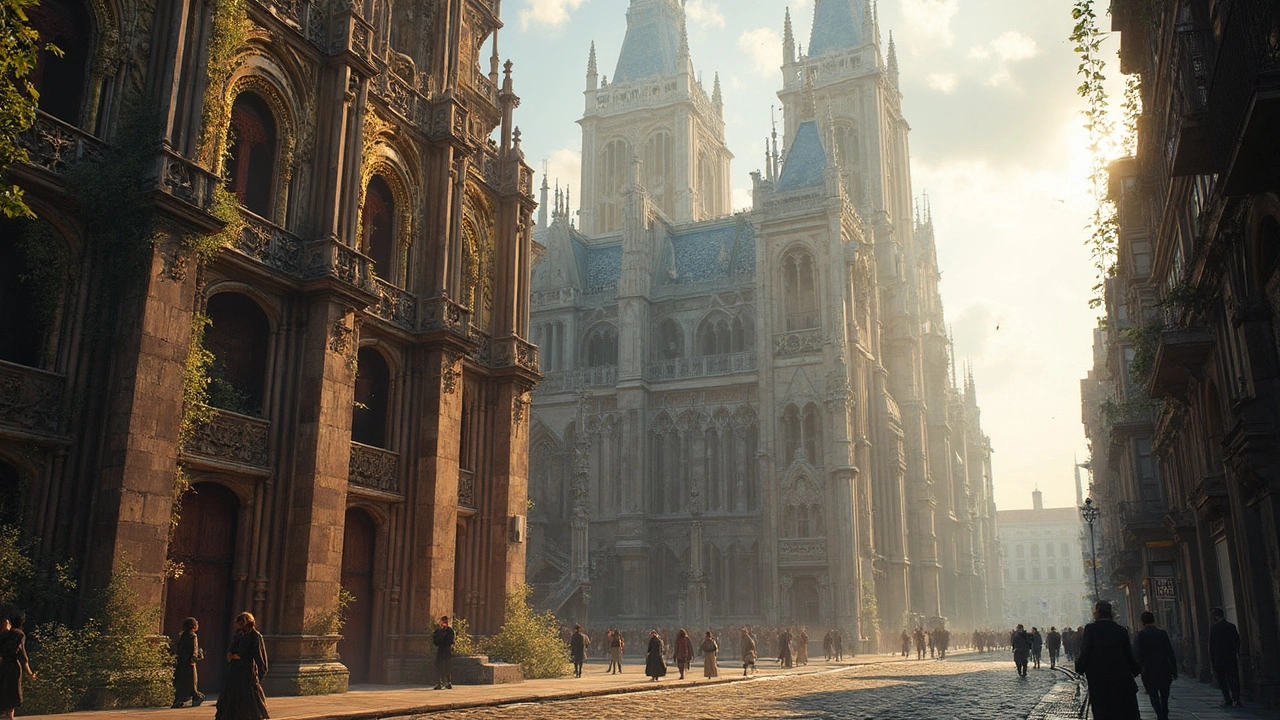
Baroque Architecture: Where Art Meets Faith
Baroque architecture is not just about grand buildings but about the spirit of an era where art and religion intertwined. Emerging in the 17th century, it emphasized grandeur, drama, and movement, reflecting the power and glory of the church. This article explores how Baroque architecture changed the landscape of religious buildings and left an enduring mark on art and design. Dive into the ornate details and understand how this style continues to capture imaginations.
Read more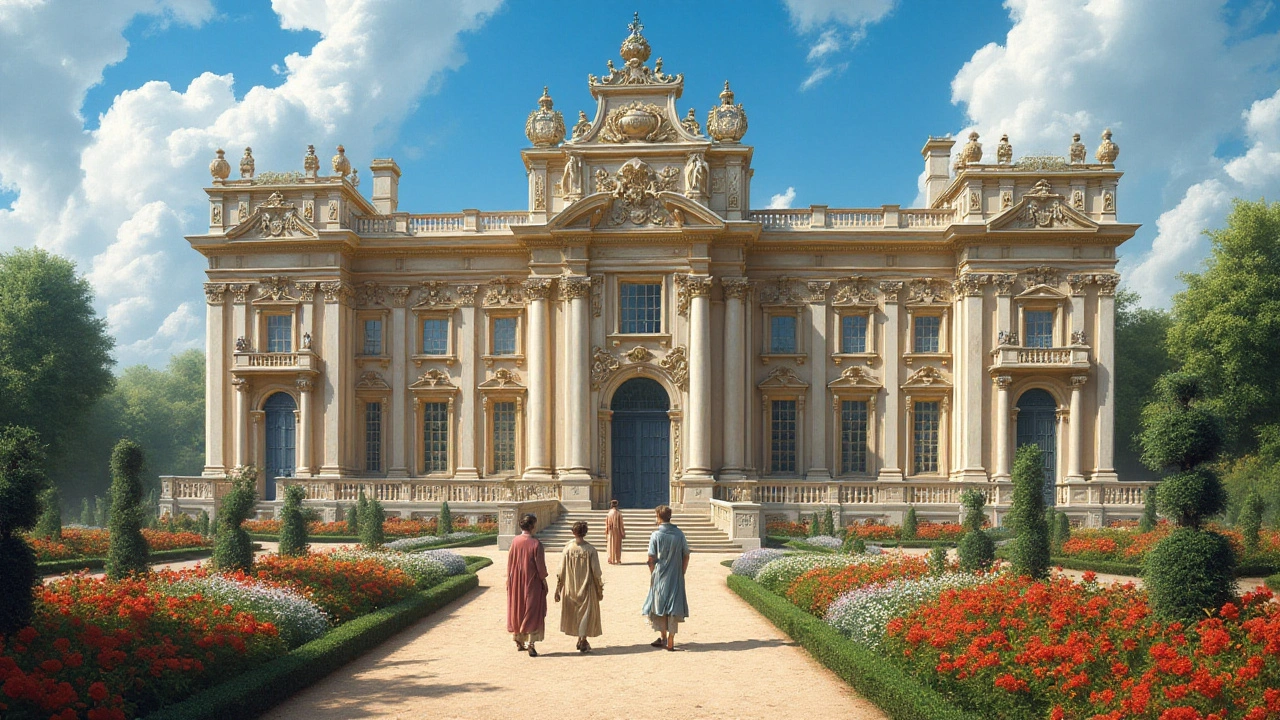
Luxury and Opulence: Unpacking Baroque Architecture
Baroque architecture emerged in the late 16th century, marking a flamboyant shift from the restrained styles that preceded it. It is characterized by bold contrasts, extravagant ornamentation, and dynamic forms designed to evoke emotional responses. This architectural style spread across Europe and later to Latin America, often associated with the Counter-Reformation as the Catholic Church sought to convey its grandeur. Baroque remains a powerful symbol of luxury and can still be seen in many palaces and churches. Understanding the intricate details of this style offers insights into the cultural and historical contexts that shaped it.
Read more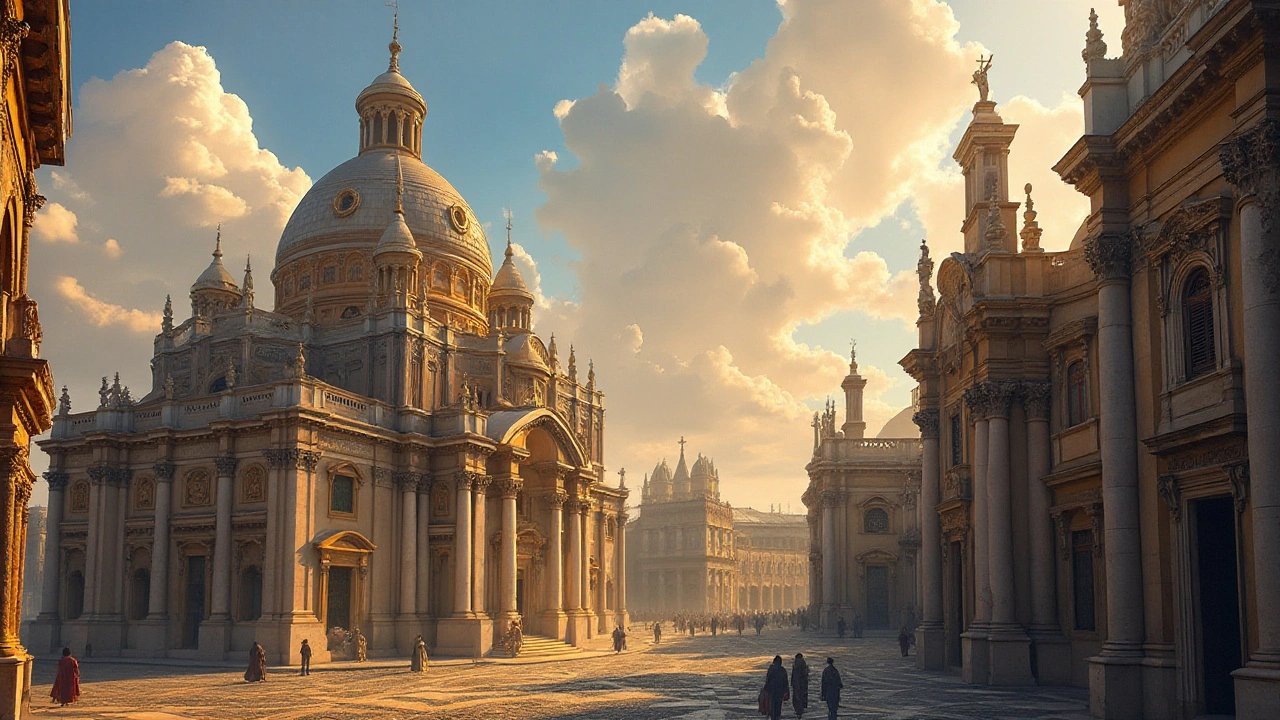
Exploring the Majestic Charm of Baroque Architecture
Baroque architecture, a hallmark of the 17th century, is characterized by its grandeur, drama, and intricate details. Known for its ornate facades and grandiose spaces, this style first flourished in Italy before spreading across Europe. With its emphasis on bold forms and lavish ornamentation, Baroque architecture reflects both religious fervor and the burgeoning artistic creativity of its time. This article delves into the defining features of Baroque architecture, its historical significance, and its lasting impact on design.
Read more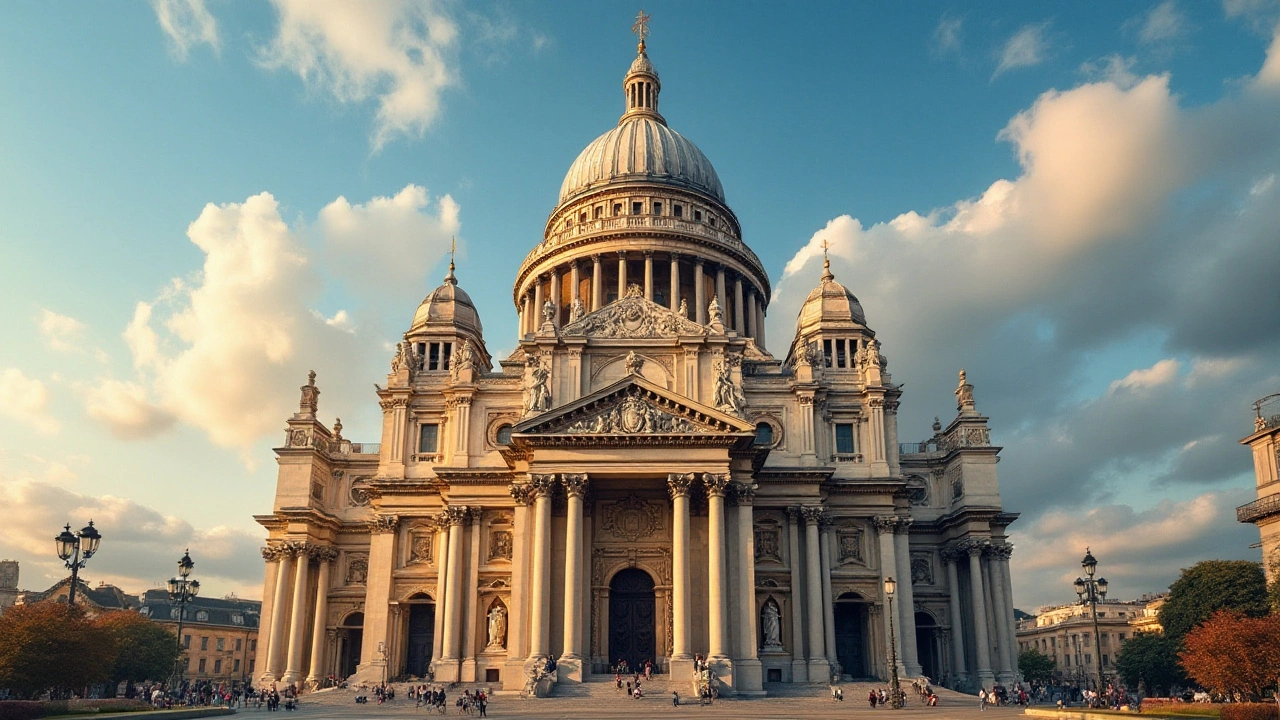
Discovering the Free Spirit of Baroque Architecture: A Celebration of Creativity
Baroque architecture stands as a vibrant testament to artistic freedom, showcasing the dynamic interplay between drama, grandeur, and movement. Originating in the early 17th century, it revolutionized European architecture with its bold forms and opulent details. This article explores the unique characteristics and historical context of Baroque architecture, highlighting significant examples and tips for appreciating its intricate designs.
Read more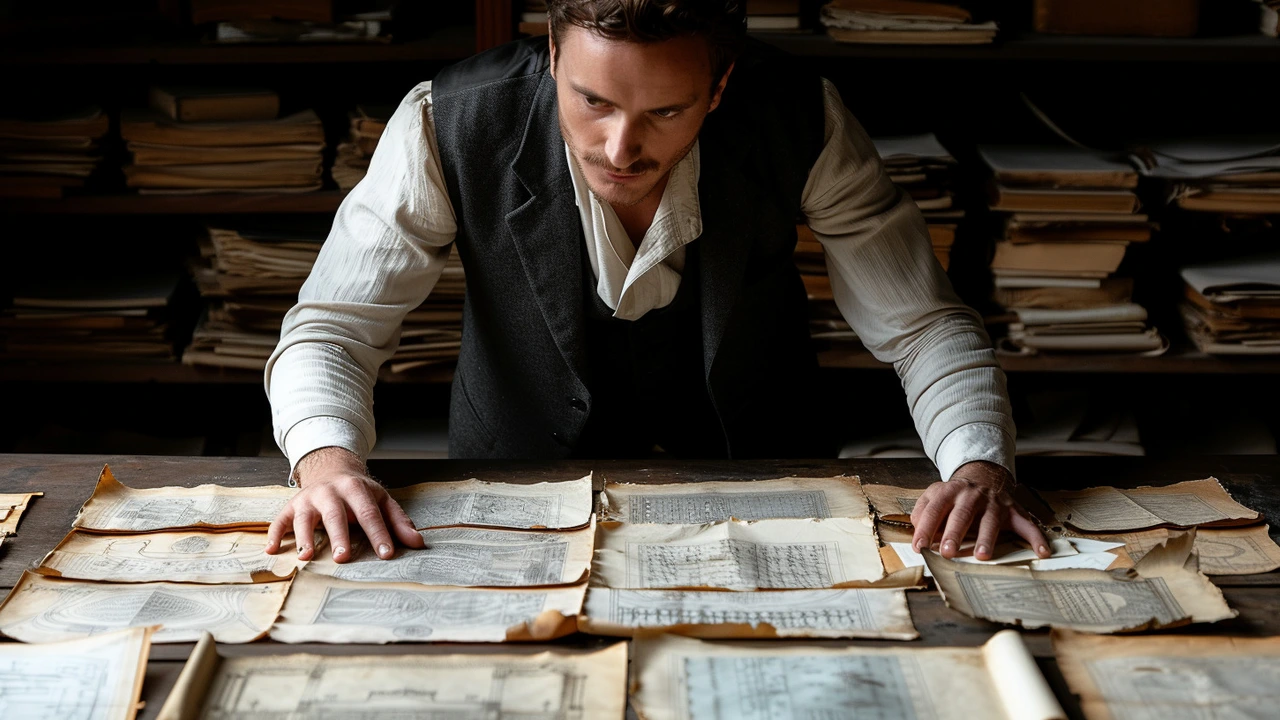
The Art of Extravagance: Baroque Architecture
Hello there, fellow art aficionados! Ever wondered about the origins and elements of the flamboyant and flourishing style that is Baroque architecture? This post will take you on an exciting journey, delving into the Art of Extravagance in the world of Baroque architecture from its inception. We'll explore the distinctive features, renowned architects, and stunning masterpieces this compelling period in art history introduced. Buckle up for an extravagant immersion into the world of Baroque!
Read more